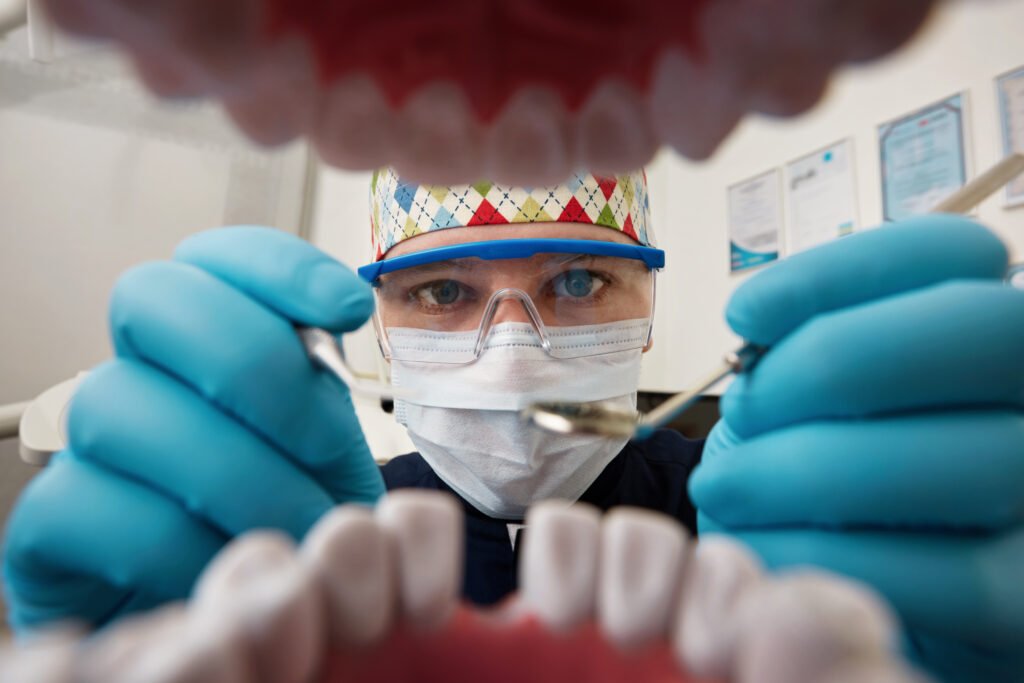When patients present with an existing partial denture and require a new crown, achieving a precise fit without disrupting the partial can be a technical challenge. Fortunately, with the right technique and lab partnership, you can restore function and esthetics—without remaking the prosthesis.
At First Dental Studio, we help clinicians across Canada navigate these cases using two reliable techniques proven to streamline workflow and produce excellent results. Here’s how to approach crown placement under an existing partial denture.
Technique 1: Copy Pre-Op Contours (Accurate + No Partial Required)
This method is ideal if the pre-op tooth contour already fits the partial denture properly. It eliminates the need to scan or ship the partial to the lab, making it a quicker and more predictable process.
Steps:
- Set the partial denture aside—do not scan it.
- Capture a pre-op scan or conventional impression of the unprepared tooth (without the partial in place).
- Prep the tooth as usual.
- Submit both the pre-op model and the master prep model to the lab.
- We use the pre-op model to duplicate the exact contours that originally fit the partial denture.
Pro Tip: If the natural tooth didn’t seat perfectly with the partial, adjust it with composite to improve the fit before taking the pre-op scan or impression.
For optimal durability and precision, always opt for a full monolithic zirconia crown when restoring under a partial. Layered ceramics are more prone to chipping in tight-fitting areas.
Learn about zirconia strength and clinical usage from 3M Canada →
Technique 2: Scan the Existing Partial (No Shipping Needed)
This approach is best when you want to capture the actual denture clasping surface digitally and eliminate shipping delays. It’s fast, convenient, and integrates well into a digital workflow.
Steps:
- Take a master impression (or intraoral scan) without the partial in place.
- Independently scan the partial denture by holding it in your hand and rotating it under the scanner.
- Send both scans to the lab—we’ll align the data and:
- Print the prep model
- Print the scanned partial
- Fabricate a crown that seats precisely beneath the partial
This method allows for accurate clasp and contact adaptation, all without mailing the denture.
Curious how intraoral scans are improving denture workflows? See this review from Oral Health Group
Choosing the Right Materials and Communication is Key
Whether you’re using analog impressions or digital scanners like iTero, Medit, or TRIOS, accurate information and clear instructions to your lab are crucial. Always include a note indicating that the crown must seat beneath an existing RPD so the contours are managed accordingly.
At First Dental Studio, we specialize in complex restorative cases—including crown-and-partial integrations. We’ll communicate with you directly to make sure your case is a success the first time.
Partner With a Lab That Gets It Right the First Time
You don’t need to remake an entire partial denture to deliver a perfect-fitting crown. With smart planning and lab support, your patients can retain their current prosthesis—and enjoy a seamless restoration.



